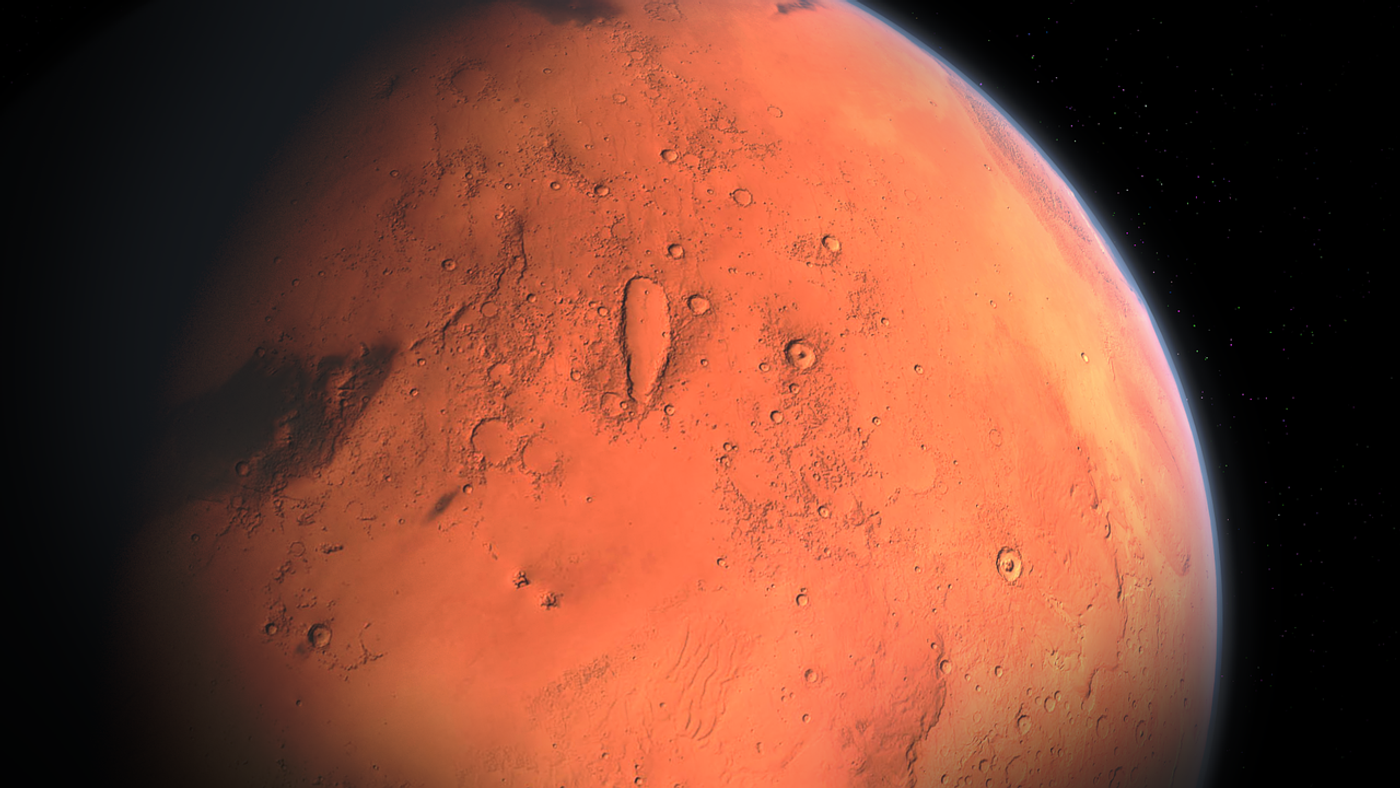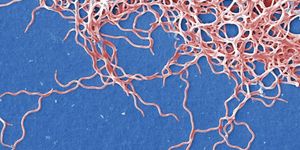Advanced Chemistry Module to Aid Future Mars Exploration
Despite its resemblance to Earth, Mars, our planetary neighbor, is not exactly a friendly environment for human explorers. For example, its atmosphere has 96% carbon dioxide and only 0.13% oxygen.
A team of researchers at Washington University in St. Louis, MO, reported that they developed a new chemistry module that would allow astronauts to turn salty water on the Martian surface into life-supporting oxygen as well as hydrogen fuel.
To put its astronauts on the red planet in the 2030s, NASA would need a plan to supply them with fuel and air adequately. The already deployed Perseverance rover (ETA Feb. 18th, 2021) will be conducting the so-called Mars Oxygen ISRU Experiment or MOXIE.
Mars 2020 Launched, Here's What You Need to Know
MOXIE is a prototype machine that "breathes" like a tree, meaning converting water and carbon dioxide into pure oxygen. Besides oxygen generation, the car battery-size device can also produce up to 45 metric tons of liquid hydrogen once fully scaled up, which will be critical for fueling spacecraft launch off Mars.
MOXIE is equipped with a traditional electrolyzer, which relies on electricity to break down deionized, pure water to hydrogen and oxygen. The Washington U team's design, called the perchlorate brine electrolyzers, takes a more efficient approach. (It's known that there's an active water cycle on Mars, with its groundwater containing a substantial amount of perchlorate salts.) The first-of-its-kind device can work on salted water without any purification, thanks to the ingenious incorporation of a lead ruthenate pyrochlore anode and a platinum mounted-carbon cathode into its design.
While the MOXIE electrolyzer demonstrated impressive production efficiency, pumping out up to 10 g/hour of oxygen gas during a test on Earth, the new instrument can produce up to 250 g of oxygen gas, beating out NASA's by 25 times.
The Washington U research group believes their design can better assist NASA to realize its mandate to land humans on Mars by 2033. By directly utilizing the briny water on the Martian surface, future astronauts can be more self-sufficient when producing oxygen supply, drinkable water, and hydrogen fuel.
This ground-breaking research is reported in the journal Proceedings of the National Academy of Sciences.
Source: Universe Today









